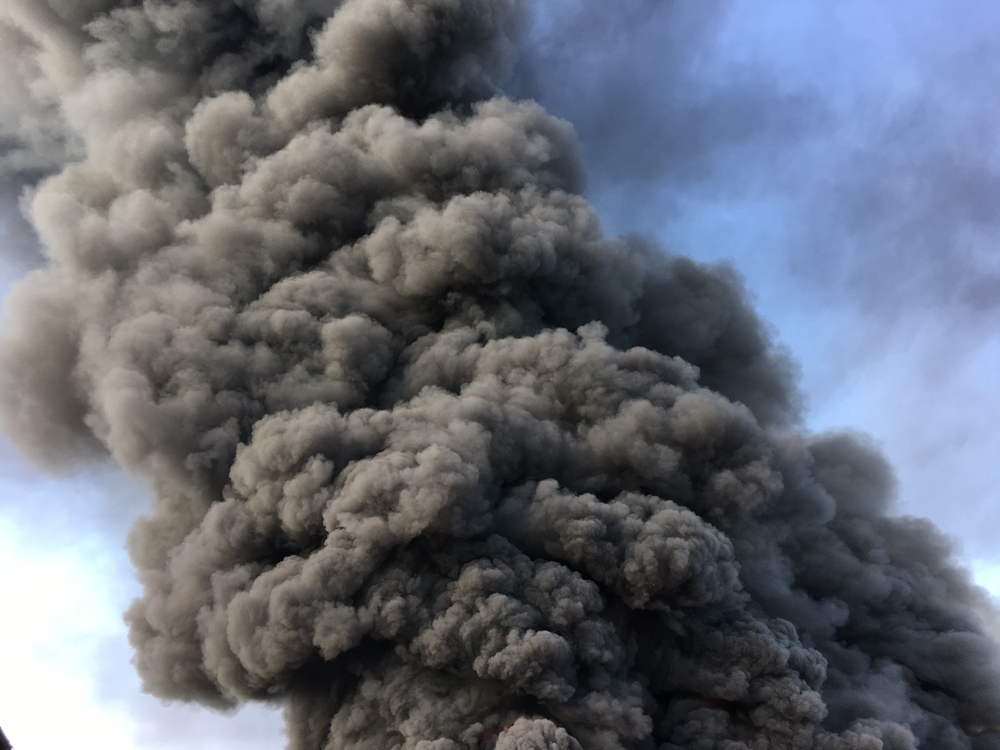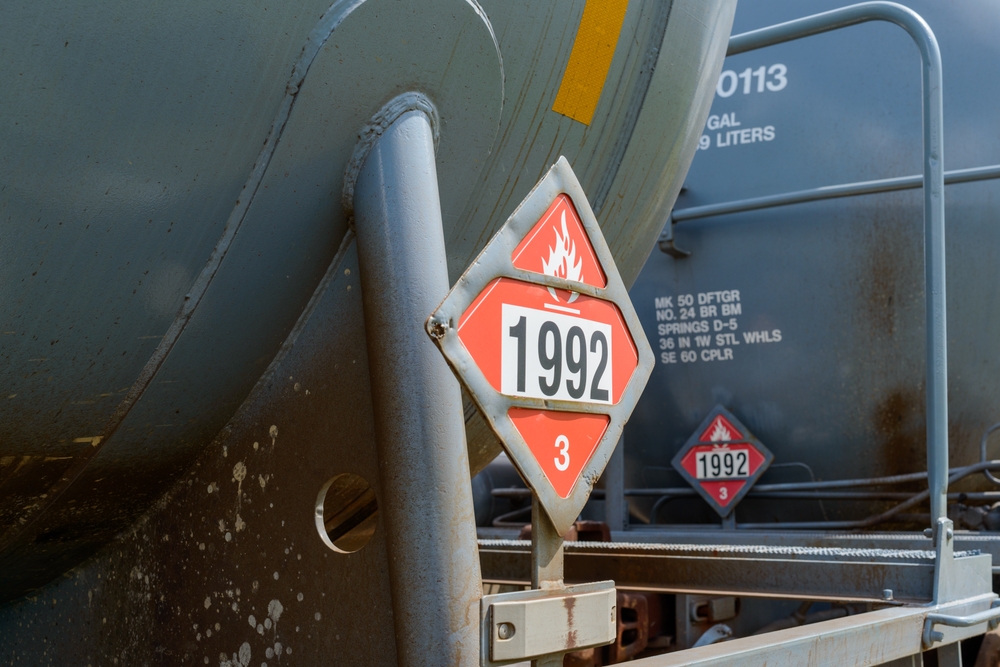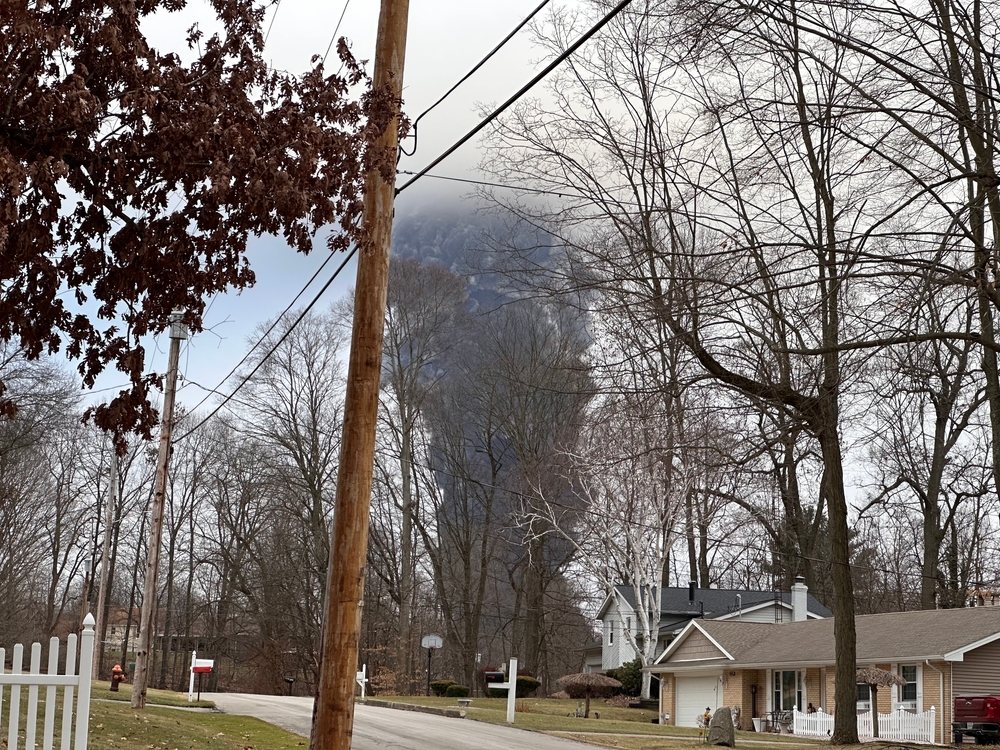What You Need To Know About The Indiana Plastics Recycling Plant Fire
The residents of Richmond, Indiana, a town with a population of 35,000, experienced a major environmental disaster on April 11 when a large-scale fire erupted at the site of My Way Trading Warehouse, a plastic recycling business.
According to several news reports, the business owner, Seth Smith, had previously been cited for various safety violations by Richmond’s Unsafe Building Commission.

The flames first began inside a tractor-trailer parked on the site, but the fire spread quickly, filling the sky with massive clouds of black smoke.
While firefighters worked to contain the blaze, more than 1,000 people within a half-mile radius of the site were ordered to evacuate. Others, whose homes were downwind of the fire, were advised to keep windows closed and pets inside due to concerns about the potential of hazardous chemicals being released into the air.
As emergency personnel worked to get the fire under control, the Environmental Protection Agency (EPA) began monitoring the area for hazardous waste, collecting debris scattered during the smoke-filled days at schools, daycares and city parks to test for the presence of toxins.
On April 15, the EPA announced to residents that toxins, specifically asbestos, had been identified in many of the materials collected.
Due to the presence of asbestos-containing materials, the announcement also directed residents to have EPA staff remove any hazardous material from their properties instead of doing it themselves.
“It is essential not to remove or disturb any debris believed to be from the fire as these materials may contain asbestos, a substance that releases microscopic fibers when disturbed,” the agency stressed in the posting.
Class Action Lawsuit against My Way Trading Warehouse
Just one week after the fire, three residents who had been subject to the evacuation order filed a class action lawsuit against Seth Smith, the owner of the business.
The individuals allege that even though Smith was aware of the unsafe conditions, he failed to “take any affirmative steps to remedy the ultra-hazardous conditions that existed with the Industrial Facility and surrounding grounds.”
The lawsuit also alleges Smith’s inactions prevented people from being able to go to work and therefore causing a loss of income to many residents, as well as damaging property values.
The Road Ahead for Toxic Exposure Victims
While asbestos is a group of six naturally occurring minerals, including chrysotile, amosite, crocidolite, anthophyllite, tremolite and actinolite, it is highly toxic. If absorbed, it could cause serious, life-threatening conditions and diseases that may not be identified right away, including asbestosis, an inflammation of the lungs, and mesothelioma, a type of cancer that occurs in the thin layer of tissue that covers the majority of your internal organs.
For those who found themselves near the fire, or even several miles away, it is important they not only use caution now while navigating the area and following the EPA’s lead in disposing of dangerous materials safely but also keep in mind the long-term ramifications of an industrial fire – physically, emotionally and financially.
Currently, while the class-action lawsuit, which calls for punitive damages in excess of $25,000 along with attorney and legal fees and other monetary relief to which the plaintiffs may be entitled, only lists three Richmond residents as plaintiffs, there is potential for hundreds of more victims to join in.
Those forced to evacuate their home or work near the site of My Way Trading Warehouse during the fire should be weighing the benefits of contacting a personal injury lawyer experienced in toxic exposure cases. This type of lawyer has expertise in proving negligence on the part of a property owner or company, showing improper care was taken while recognizing the damage caused to victims, both now and in the future.













